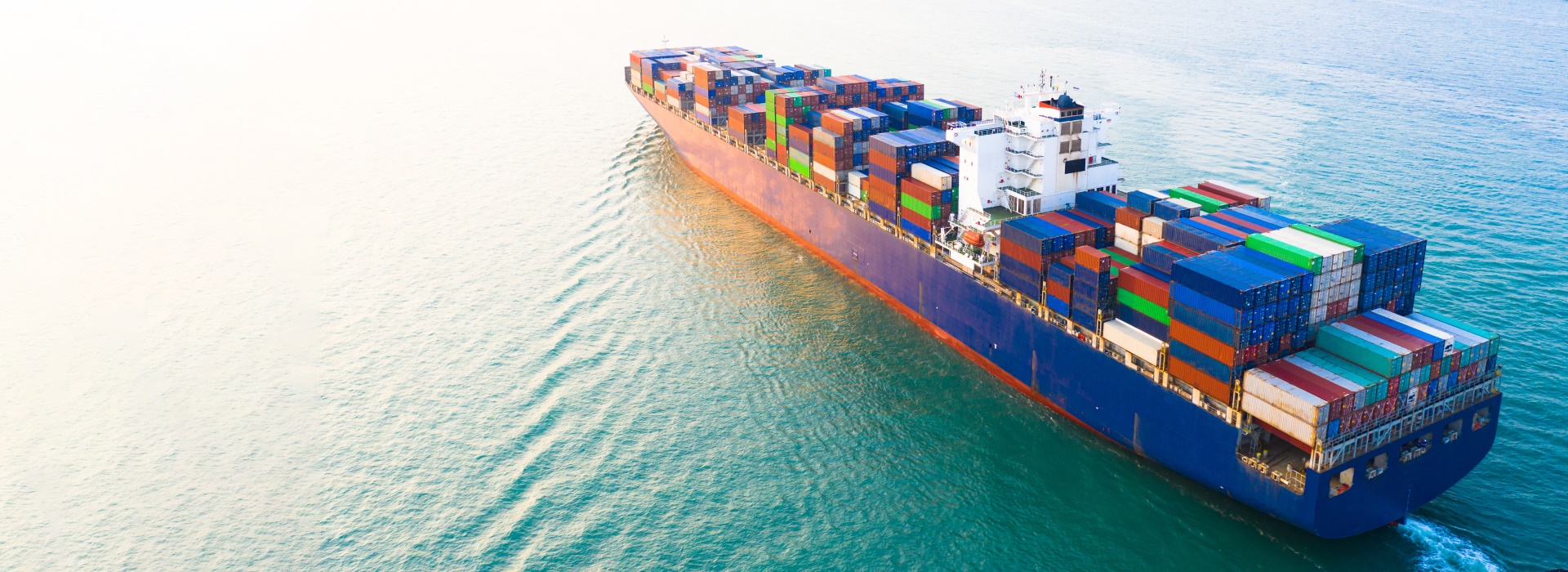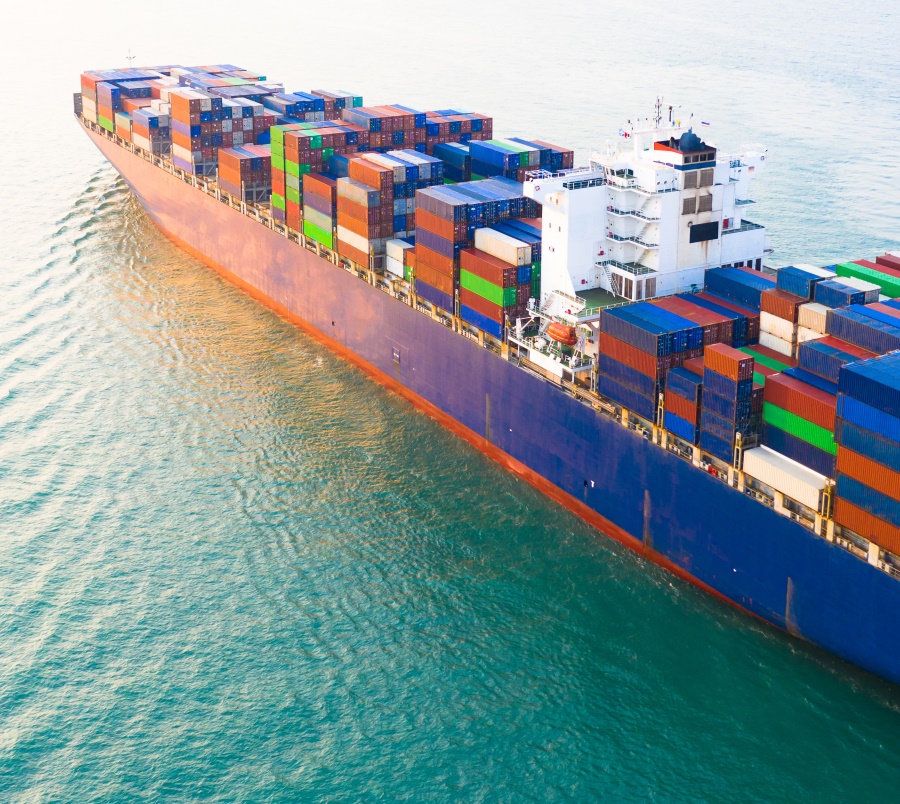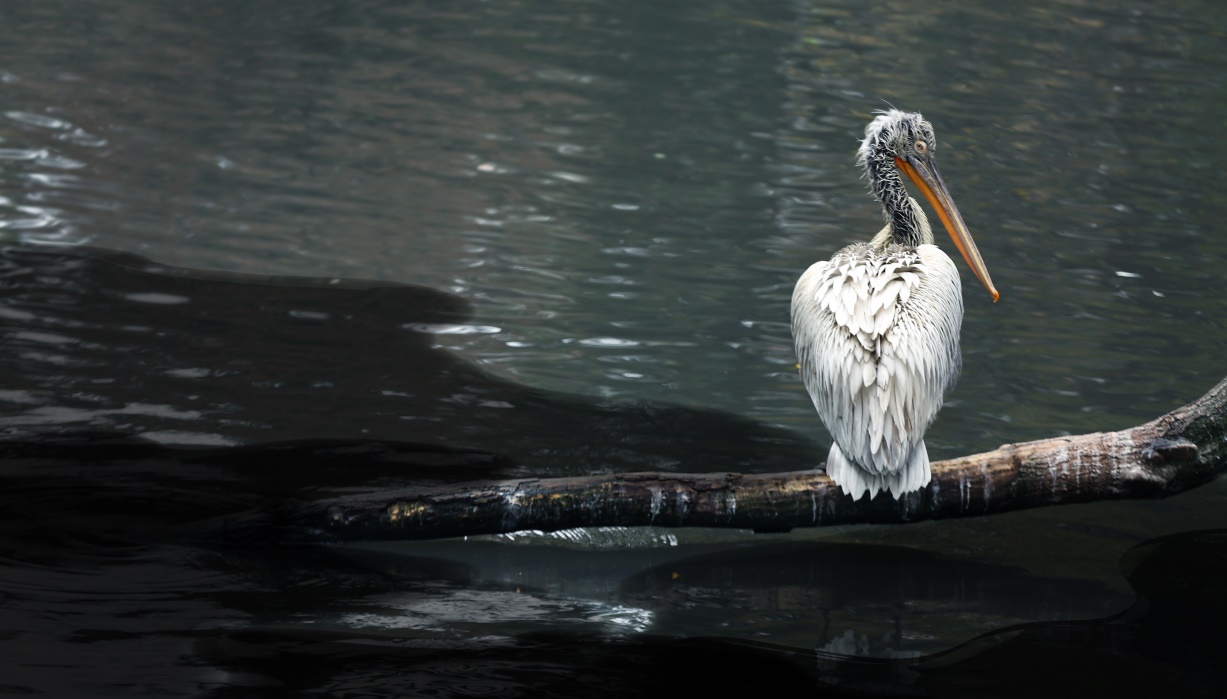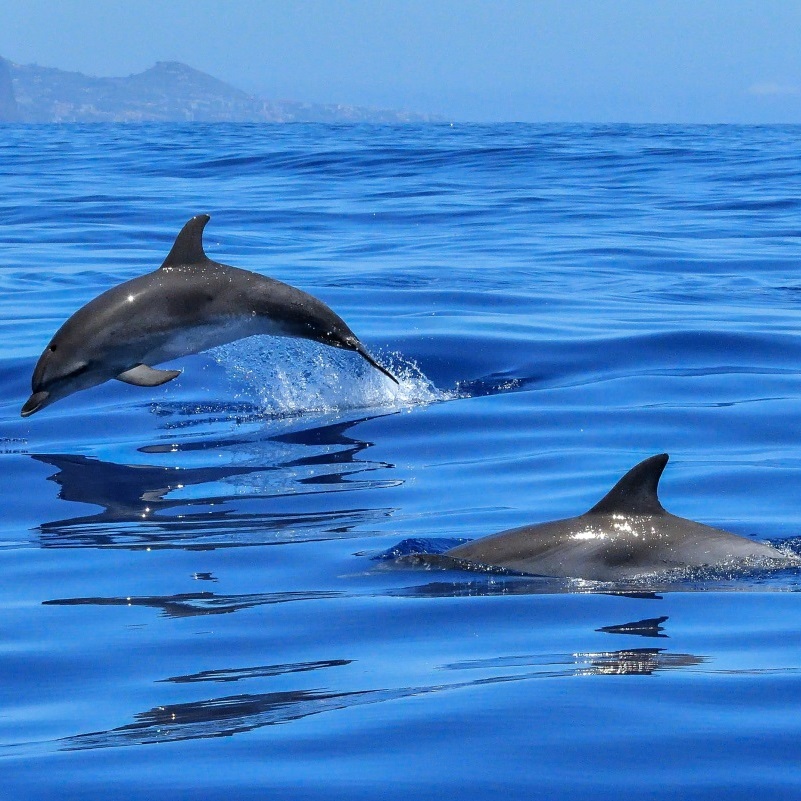

Polluted seas from commercial shipping
Around 90 percent of our goods are transported worldwide by sea. The water-based trade routes span the entire globe. Particularly dense is commercial shipping traffic in the North Atlantic, the Mediterranean and the North Pacific. Tens of thousands of cargo ships are on the move every year. Add to that hundreds of cruise ships and fishing fleets. The world’s intensive shipping activity has many negative impacts on the marine environment.
Oil pollution
Oil pollution is the best known one which is caused by shipping. Tanker accidents are typically associated with severe environmental damage in marine ecosystems. However, most oil pollution in the seas comes from land effluents and from the washing out of bilges and ballast water drainage at sea by merchant ships. Despite the MARPOL agreement, several hundred thousand tons of oil are released into the oceans each year through ship operations only, as a result of accidents and illegal disposal. In addition to crude oil, chemical pollutants also enter the sea – by way of cargo ship accidents or by emptying the tanks with chemically treated feces.

Pollutants
Atmospheric pollution by carbon dioxide and other greenhouse gases, sulfur and nitrogen oxides and particulate matter, which is caused by commercial shipping is not insignificant. It contributes to warming, and in particular due to carbon dioxide emissions, to acidification of the oceans. The latter complicates the skeletal formation of many marine organisms such as lime-based corals, since calcium carbonate (lime) becomes scarcer due to its chemical buffering action against the reduction of seawater PH levels which results from dissolved carbon dioxide.
The toxic liquid tributyltin (TBT) has been used as a paint on ships for decades, to prevent algae and fungal growth on ship hulls. The International Maritime Organization (IMO) has banned TBT in ship paints since 2008, as it is highly toxic to aquatic organisms, acts hormonally on shellfish and accumulates in the food chain and sediment.
Underwater noise
A threat to marine animals which not obvious to us humans is underwater noise. Ships produce low-frequency sounds from 10 Hz to 1 kHz, which are audible over enormous distances and represent the most common noise in the sea. Ship noise generates an ever-present acoustic “fog” under water that drowns out natural noise and sounds, disturbing the migratory routes of marine mammals, causing collisions between whales and ships and limiting their ability to communicate and orient themselves.

Donate for clean seas
Donate for clean seas

Worth knowing: International regulations
IMO
The regulating of the safety of merchant shipping and the reduction / prevention of pollution caused by shipping is the responsibility of the International Maritime Organization (IMO).
MARPOL
The international agreement MARPOL is central to the prevention of pollution of the seas by shipping. It was concluded in 1973 and has been valid worldwide since 1978. It obliges signatory states to prevent the discharge of pollutants such as oil, chemicals and garbage through ship operations by means of specific regulations. Since 2005, MARPOL has not only devoted itself to water pollution but also to air pollution from shipping, in particular by reducing sulfur oxide emissions.
Worth knowing: International regulations
IMO
The regulating of the safety of merchant shipping and the reduction / prevention of pollution caused by shipping is the responsibility of the International Maritime Organization (IMO).
MARPOL
The international agreement MARPOL is central to the prevention of pollution of the seas by shipping. It was concluded in 1973 and has been valid worldwide since 1978. It obliges signatory states to prevent the discharge of pollutants such as oil, chemicals and garbage through ship operations by means of specific regulations. Since 2005, MARPOL has not only devoted itself to water pollution but also to air pollution from shipping, in particular by reducing sulfur oxide emissions.